Is Kashmir, India Safe for Tourists? A must asked Question by a worried Tourist


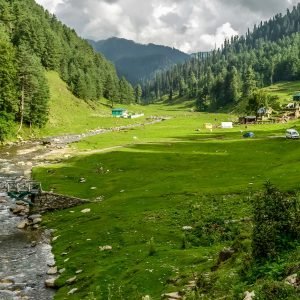

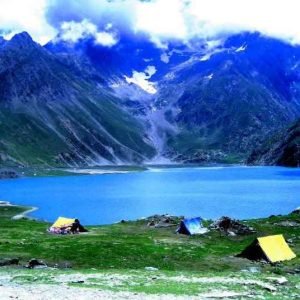
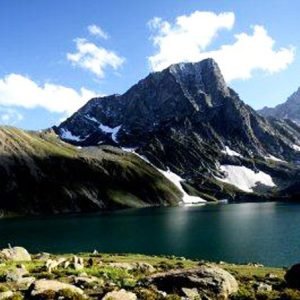
Table of Contents
ToggleKashmir, this wonderful destination, is termed “Paradise on Earth” and was long dreamt about as a venue for travel, promising spectacular landscapes, rich cultural heritage, and unforgettable experiences. This destination has some of the sceneries in the world-from the peaceful Dal Lake in Srinagar to the silent mountains of Gulmarg- Indian-administered Kashmir.
Kashmir, because of its peculiar geopolitical position, happens often to be associated with issues about conflict and security. So the question is, is Kashmir safe to visit?
This traveler’s guide covers the safety measures in Indian-administered Kashmir for travelers, discusses the security situation currently facing the place, and then offers helpful hints for any visitor visiting this elegant yet complicated area.
1. Introduction: Why Visit Kashmir?
Indian-administered Kashmir perhaps is one of the most beautiful landscapes in India. Its landscape can be described as serene lakes, lustrous meadows, and snow-clad mountain peaks. Adventure lovers can find exemplary trekking routes in Kashmir, while those looking for peace can have it on the serene Dal Lake in Srinagar or the meadows of Gulmarg.
It is a place with loads of cultural and historical riches, influenced even to an extent by Mughal and Persian culture with Tibetan, reflecting its generosity through food, craft, and welcome. Be it adventure, a history spree, or just sipping the beauty of the place, Kashmir has something to give for all types of travelers.
However, the political history of the region and security issues usually overshaded the touristic potential of the region and start raising questions about whether it is safe to visit Kashmir. Let’s look deeper into this situation, today.
2. Understanding the Geopolitical Context of Indian-Administered Kashmir
Kashmir is a region of north India that borders Pakistan and China. The territory of Kashmir has been disputed between India, Pakistan, and China since the Partition of British India in 1947 after which India and Pakistan have been separate. Both India and Pakistan claim all the state of Kashmir but are able to control only parts of that state. The control is divided into two by Line of Control (LoC).
Indian-administered Kashmir comprises three main regions of the following three:
The Kashmir Valley: abounds with natural beauty around Srinagar, Gulmarg, and Pahalgam.
Jammu: housing the religious shrine of Vaishno Devi and other places of worship
Ladakh: a high-altitude desert region known for its rich Buddhist culture and adventure tourism.
Militancy and separatist movements have sparked years of tension and conflict in the region, especially within the Kashmir Valley; however, the level of the degree of conflict had been changing phases, and tourism became a vital sector of the local economy.
In August 2019, Article 370 of the Indian Constitution that bestowed special autonomy on Jammu & Kashmir was revoked by the Indian government. This left the state in a very sensitive position as movement curbs and a temporary internet blockade were imposed. Though the situation has eased somewhat in most places, political situations can change at any instant and could impact tourists.
3. Current Safety Situation in Indian-Administered Kashmir
Regional safety levels vary in Indian-administered Kashmir. For instance, some areas can be considered safe for tourists, whereas others, such as those not far from the LoC, remain sensitive due to the presence of military forces and instances of cross-border fire.
Valley of Kashmir (Srinagar and Vicinity)
The summer capital of Jammu & Kashmir is Srinagar, which, as a general rule, is rather secure for tourists, especially in places like Dal Lake, Mughal Gardens, and Shankaracharya Hill. On the contrary, security forces are deployed throughout the city. Nevertheless, local authorities actively promote tourism.
Some other tourist spots in the region that are quite safe include Gulmarg, which boasts skiing resorts of different types, and Pahalgam, known for trekking and river activities.
There may be a few instances of riots or demonstrations, with occasional clashes between security forces and militants; however, these are rarely targeted at tourists and often in more inaccessible areas.
Jammu
Religious Sites: Jammu has several religious sites, the most famous of which is theVaishno Devi Temple. For the most part peaceful, the region has flared up at periodic intervals with sectarian violence. However, tourist infrastructure is well-developed here and it is generally a safe destination for tourists.
Ladakh
One of its attractions is its rugged landscape and Buddhist culture: adventure tourists, trekkers, and bikers especially like to visit there. Security concerns are not as acute in Ladakh as in the Kashmir Valley, but tourists should remain alert and informed, with the India-China border looming nearby.
4. Top Safe Destinations in Indian-Administered Kashmir
Although the region has a rather complicated political and security situation, there are many destinations in Indian-administered Kashmir that still remain very popular and ones you can safely visit. Among the best-known destinations are:
Srinagar: The capital city of the Kashmir Valley, offering scenery on Dal Lake, Mughal Gardens, and Shikara rides.
Gulmarg: That is skiing and snowboarding heaven with the beautiful Gulmarg Gondola, one of the world’s highest cable cars.
Pahalgam: It is one of the serene towns, great for trekking and river activities.
Sonamarg: It is a place well known for its lush meadows and trekking trails, popular among nature lovers and trekkers.
Leh-Ladakh: It is an arid high desert landscape with dramatic features, monasteries of Tibetan Buddhist, and adventure sports.
These destinations have well-established tourist infrastructure and many local guides who have been trained to look out for the safety of the tourists. Presence of security forces is there but essentially they are there to protect the tourists and to maintain law and order.
5. The Impact of Political and Security Tensions on Tourism
Political situations in Kashmir have already resulted in some impacts on tourism, and traveling may sometimes be difficult when there are protests, cross-LoC attacks, or even indirect exchanges across the LoC. Most of these are, however, local events, and tourist attractions are not usually targeted.
The government of India has put efforts into enhancing the infrastructure, improving security, and offering greater possibilities for adventure tourism. The government also has its motive to enhance tourism in the region to step up the economy there.
Most governments of foreign nations cite unrest as a reason for issuing such travel advisory; however, in this case, they target certain regions or near areas to conflict zones rather than popular tourist destinations like Srinagar, Gulmarg, or Pahalgam.
6. Best Time to Visit Kashmir
The best time to visit Kashmir is in the summer and early autumn months from May to October when the weather is pleasant and the tourist facilities are fully operational. In this period, Kashmir Valley is lush and green, and sightseeing coupled with outdoor activities are ideal due to good temperatures.
Summer (May to September): Ideal for visiting the gardens, lakes, and meadows of the region.
Autumn (October): The fall foliage creates another kind of beauty to the landscapes already so beautiful.
Winter months: November to March In the winter, Kashmir faces a lot of tussle for skiing and snowboarding at Gulmarg. Extremely heavy snowfall in winters can lead to sheer difficulties while traveling in certain places during the period.
7. Travel Restrictions, Permits, and Documentation
From the rest of the world, tourists require a valid visa to visit Kashmir and, according to their destination, special permits for areas close to LoC are also required for some tourists. The ban has no restrictions for domestic travelers; however, defense zones have made parts of the region almost prohibitive.
8. Health and Medical Safety in Kashmir
In the major cities, the healthcare facility is quite adequate. In the remote areas, it may be limited. It is always wise to carry essential medicines along and prepare oneself for altitude problems when traveling to places like Gulmarg or Ladakh.
9. Natural Hazards and Travel Tips
There are landslides and avalanches that break out in the region during the rainy season, June through September. Sometimes there can be heavy snowfall during winters when roads are blocked and travelling through mountains may get very difficult.
Some areas of Kashmir are also prone to mosquito-borne diseases, so the right precautions must be taken while visiting.
10. Practical Safety Tips for Tourists in Kashmir
Don’t forget to be updated; there’s the latest news and governmental travel advisories.
They must keep themselves away from the barracks and the LoC.
Respect local customs. The region of Kashmir is very strong culturally as well as religiously. Avoid showing sensitivity on topics that they especially are extremely sensitive about-politics.
Travel Insurance: You must get ample travel insurance that takes care of medical necessities, cancellations, or even evacuations.
11. Conclusion: Is Indian-Administered Kashmir Safe for Tourists?
Indian-administered Kashmir is relatively secure for tourists, particularly in Srinagar, Gulmarg, and Pahalgam. Conditions are slowly improving. The Indian government has undertaken initiatives to encourage tourism and ensure tourist safety. Visitors are encouraged to remain aware and conscious about their presence in sensitive areas and to comply with local advisories, considering its unique political and security situation.
Kashmir can definitely become the perfect platform if all precautionary measures are taken, with the service being an unforgettable journey of travel and full of natural beauty, adventure, and cultural richness.
How to Visit Kashmir & book tours with Charzan Holidays?
For a seamless and exceptional booking experience, contact Charzan Holidays at reservations@charzan.in or call us at +919622224473
FAQ's
1. Is it safe to travel to Kashmir as a tourist?
Yes, Kashmir is generally safe for tourists, especially in popular destinations like Srinagar, Gulmarg, Pahalgam, and Sonamarg. While the region has experienced political unrest in the past, major tourist areas are typically protected by security forces. It’s advisable to stay updated with travel advisories and avoid areas near the Line of Control (LoC) or military zones.
2. Do I need a special permit to visit Kashmir?
For Indian citizens, there is no special permit required for most tourist areas in Kashmir, except for a few sensitive zones near the Line of Control (LoC). Foreign nationals may need a Protected Area Permit (PAP) for certain regions, especially near the border areas. Always check with local authorities or tour operators for any updated regulations.
3. What are the best months to visit Kashmir?
The best time to visit Kashmir is from May to October. During this period, the weather is pleasant, and the region is lush and green, perfect for sightseeing and outdoor activities. If you’re interested in winter sports, November to March is the best time to visit, especially Gulmarg, for skiing and snowboarding.
4. Is it safe to visit Srinagar?
Yes, Srinagar, the summer capital of Jammu & Kashmir, is safe for tourists. While there have been occasional instances of unrest, the city’s primary tourist attractions like Dal Lake, Mughal Gardens, and Shankaracharya Hill are generally well-guarded by security forces. Tourists are advised to avoid discussing political matters and stay informed about the local situation.
5. What is the current security situation in Kashmir?
The security situation in Kashmir has improved in recent years, particularly in major tourist destinations. The Indian government has implemented enhanced security measures, especially in areas with high tourist traffic. However, regions near the Line of Control (LoC) or border areas may still experience occasional skirmishes. Always stay updated through official channels and travel advisories.
6. Are there any travel restrictions to Kashmir?
While there are no major restrictions for domestic tourists, foreign nationals may face travel restrictions in specific regions near the LoC or other sensitive zones. Additionally, communication blackouts and curfews can occur during times of heightened tension. It’s important to check with local authorities or your hotel about any specific restrictions during your visit.
7. Can I travel to Ladakh from Kashmir?
Yes, you can travel from Kashmir to Ladakh, but the road from Srinagar to Leh (National Highway 1D) is often closed during the winter months due to heavy snowfall. The best time to travel between Kashmir and Ladakh is from May to October when the roads are open, and the weather is more manageable.
8. Is it safe to visit Gulmarg for skiing?
Yes, Gulmarg is a popular destination for skiing and snowboarding, and it is generally safe for tourists. The resort is equipped with modern infrastructure, and the government has taken steps to ensure the safety of visitors. However, visitors should always follow safety guidelines and check weather conditions before heading to the slopes.
9. What precautions should I take while traveling in Kashmir?
- Stay Informed: Keep an eye on local news and government advisories for any updates on the security situation.
- Avoid Military Zones: Don’t venture into areas near military bases or the LoC.
- Respect Local Customs: Kashmir is culturally diverse, so it’s essential to be respectful of local traditions, especially religious practices.
- Health Precautions: Carry necessary medications, drink bottled or boiled water, and avoid consuming unprocessed food from street vendors.
10. Are there any health concerns when traveling to Kashmir?
The primary health concerns in Kashmir are related to waterborne diseases, altitude sickness (especially in regions like Gulmarg and Ladakh), and insect-borne diseases like malaria. To avoid health risks:
- Drink bottled or boiled water.
- Use mosquito repellent.
- Take the time to acclimatize if you’re traveling to higher altitudes.
- Carry a first-aid kit with basic medicines.
11. How is the food in Kashmir for tourists?
Kashmiri cuisine is renowned for its rich flavors, and dishes like Rogan Josh, Gushtaba, Yakhni, Kashmiri Pulao, and Kahwa are must-try. Most hotels and restaurants catering to tourists serve a variety of options. If you’re traveling to remote areas, make sure to stick to freshly prepared, hot food to avoid foodborne illnesses.
12. Can I visit Kashmir in winter for snow activities?
Yes, Kashmir is a popular winter destination, especially for skiing and snowboarding in Gulmarg. The winter months (from November to March) offer fantastic opportunities for winter sports, as the region receives heavy snowfall. Be prepared for cold weather, and check the conditions of roads and ski slopes before traveling.
13. Is there a risk of terrorism in Kashmir?
While there has been a history of insurgency and terrorism in Kashmir, most terrorist activities occur in remote or border regions and not in popular tourist destinations. The Indian government has bolstered security in tourist areas, and tourists are generally not targeted. However, it’s always wise to stay updated on the current situation and avoid areas of active conflict.
14. Is it possible to travel independently in Kashmir or should I use a tour operator?
It is possible to travel independently in Kashmir, especially in well-connected cities like Srinagar, Gulmarg, and Pahalgam. However, for more remote areas, especially those near the LoC or in high-altitude regions like Ladakh, it is advisable to hire a local guide or use a reputable tour operator. Guides can help with logistics, local knowledge, and safety, especially if you’re unfamiliar with the region.
15. Are there any safety concerns for solo travelers in Kashmir?
Solo travelers can visit Kashmir, but extra caution should be exercised. The region’s beauty is captivating, but it’s important to be mindful of your surroundings. Always inform someone about your travel plans, avoid isolated areas, and stay in well-populated, tourist-friendly zones. For women travelers, it’s advisable to dress modestly and be aware of local customs and expectations.



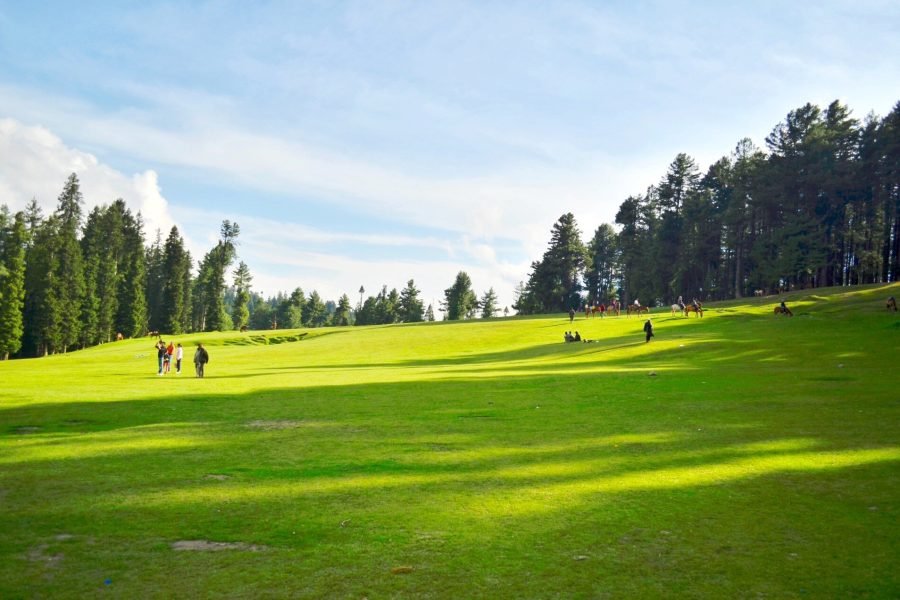
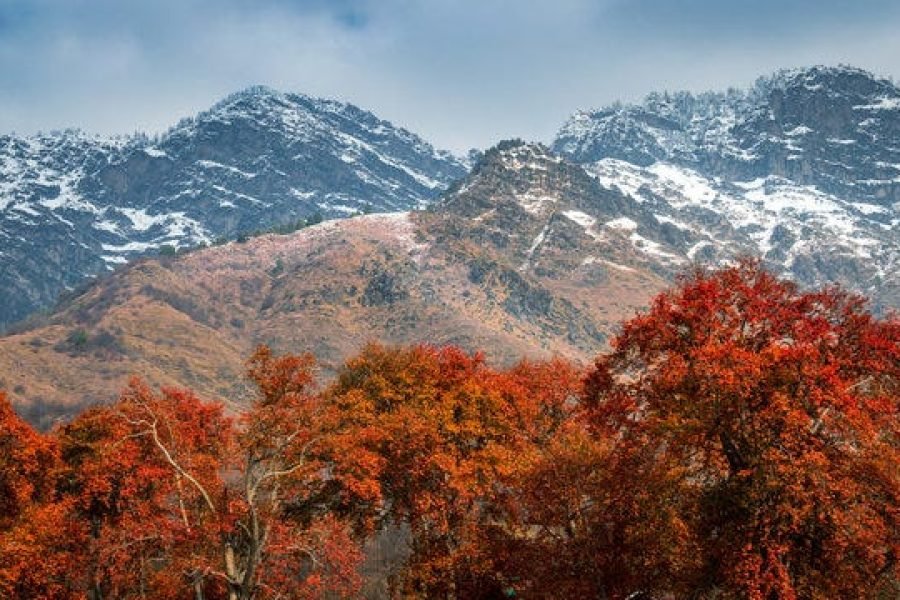
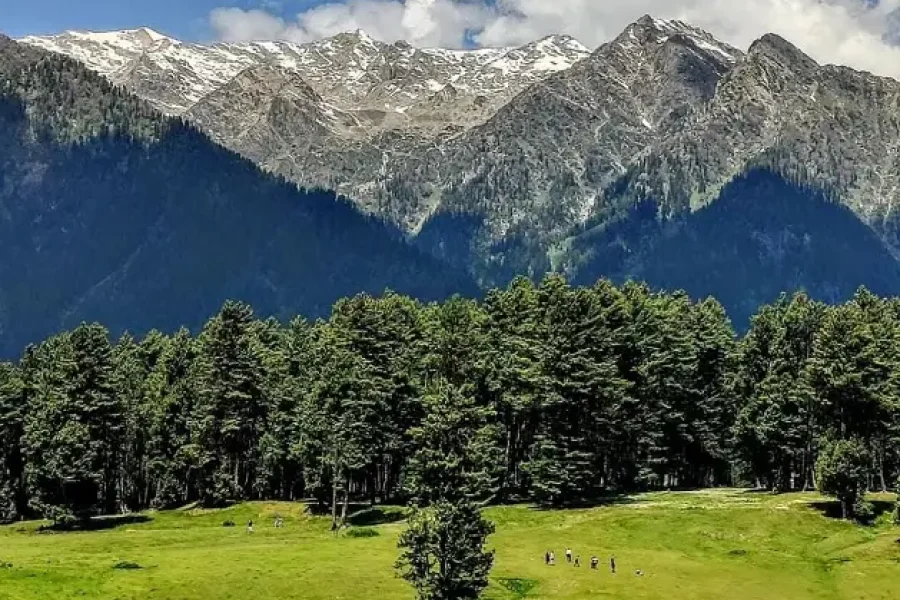
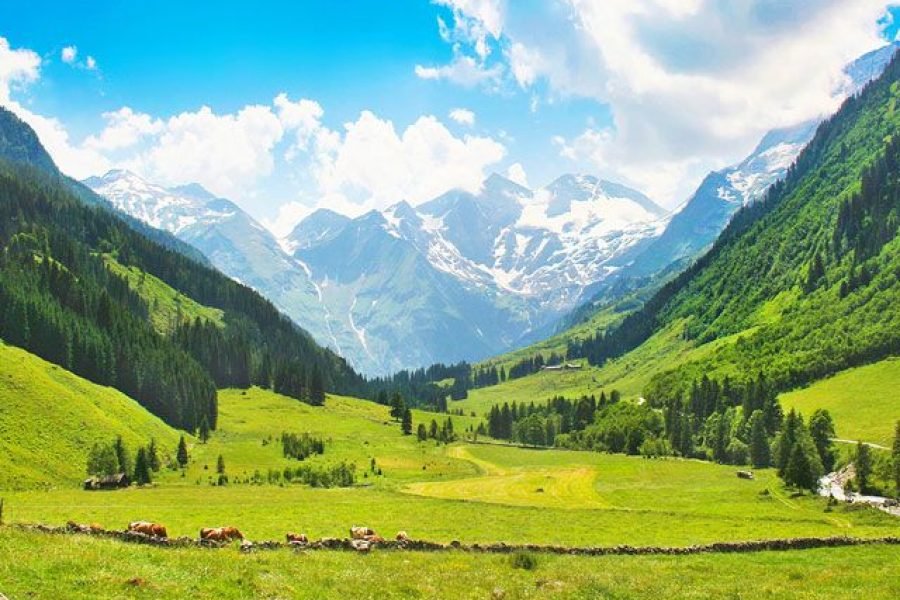
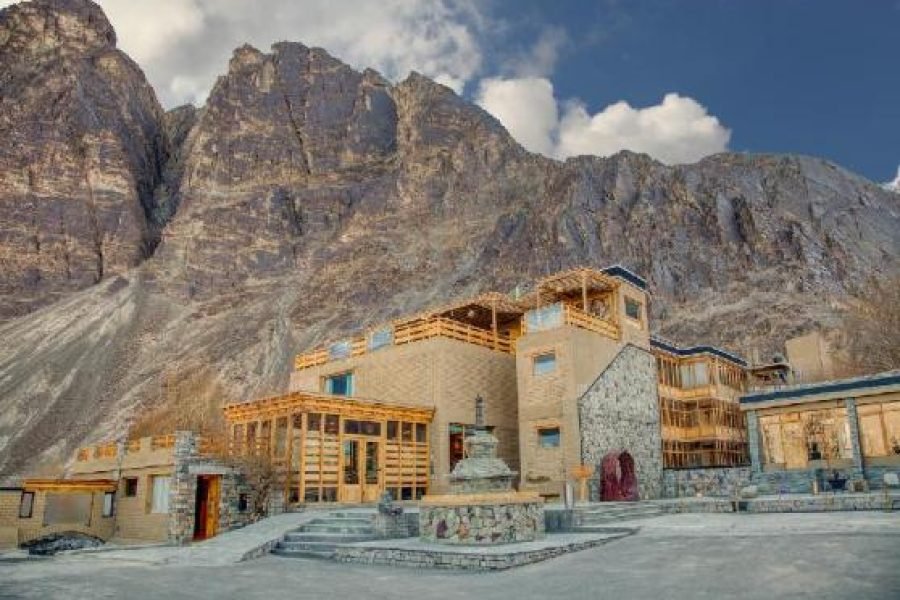

0 Comment